#Matamba
Explore tagged Tumblr posts
Text
Time Travel Question 50: Early Modernish and Earlier 4
These Questions are the result of suggestions a the previous iteration.This category may include suggestions made too late to fall into the correct earlier time grouping. In some cases a culture lasted a really long time and I grouped them by whether it was likely the later or earlier grouping made the most sense with the information I had. (Invention ofs tend to fall in an earlier grouping if it's still open. Ones that imply height of or just before something tend to get grouped later, but not always. Sometimes I'll split two different things from the same culture into different polls because they involve separate research goals or the like).
Please add new suggestions below if you have them for future consideration. All cultures and time periods welcome.
#Time Travel#Early Modern#Queen Nzinga#Ndongo#Matamba#Queen Nzinga of Ndongo and Matamba#African History#Women's History#Women in History#Edward IV#English History#Medieval History#Middle Ages#Susquehannocks#Indigenous history#North American Indigenous History#North American History#Iroquois#Five Nations#South American History#Aotearoa#New Zealand#Mayans#Knitting#Mansa Musa#Indigenous History#The Americas#1400#History of Food#South American History
254 notes
·
View notes
Text

Orisha Oyá or Iansã by Kypris Aquarelas
#iansã#iyansa#oya#oyá#candomblé#orixá#umbanda#matamba#bumburucema#brazil#brasil#watercolor#aquarela#aquarelle#watercolour#paganism#polytheism#watercolours
62 notes
·
View notes
Text

New art in my shop
Inspired by a portrait of Queen Nzinga. She way the 17th century Ambundu ruler of the Ndongo and Matamba kingdoms in what is now Northern Angola 🇦🇴.
Highly educated and skilled with a battle ax, Ana I Nzinga was born into the Ndongo kingdom to the Ngola, Kilambo and his favorite concubine, Kengela ka Nkombe. She had 2 sisters, Makambu Mbandi (Barbara) and Funji (Grace)and a brother, Mbandi
She was also an ambassador to the Portuguese empire. Once she assumed power over the kingdom after her brother’s death the Portuguese invaded and drove here into exile and depleting her forces.
She married a Imbangala (mercenary) warlord and used him the build up her forces. She and her people ( with help from the Dutch) then proceeded to regain much of the lost kingdoms. Then it went back and forth for awhile. The Dutch eventually pulling out. The fighting only stopped when a peace treaty was signed.
During peacetime Nzinga allowed the women in her ear band to have kids, have former slaves land, abolished concubinage, (she married her favorite in a Christian ceremony) no longer tolerated meritocracy and democratic policies. And she dominated the slave trade.
She died of an infection without surviving children as her son was murdered by her brother who also had her sterilized. Her sister Barbara took over
#African woman#queen#my art#myart#my artwork#painting#traditional art#black woman#Nzinga#Angola#artists on tumblr#Ndongo#Matamba#Ambundu#portrait#black history
2 notes
·
View notes
Text



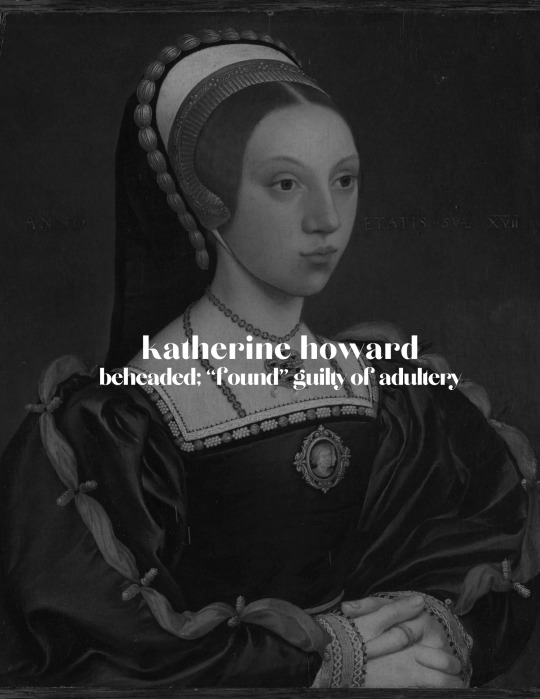
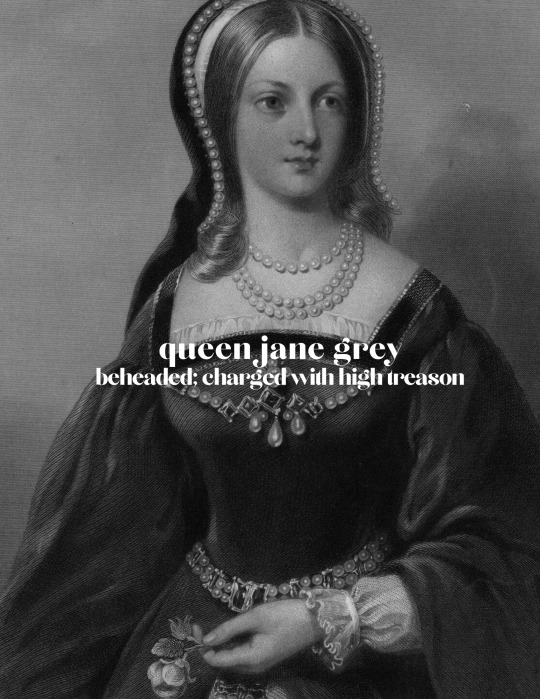
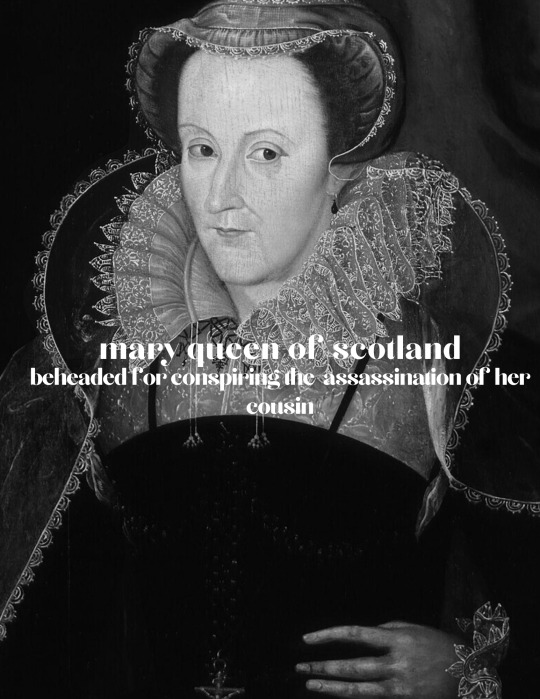
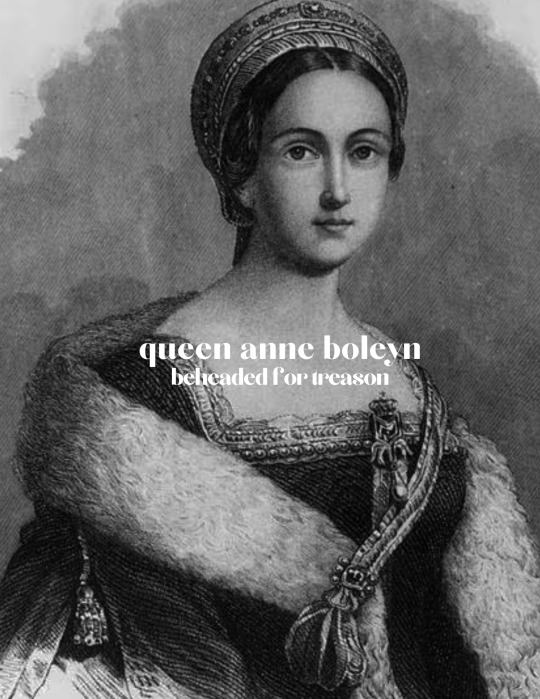


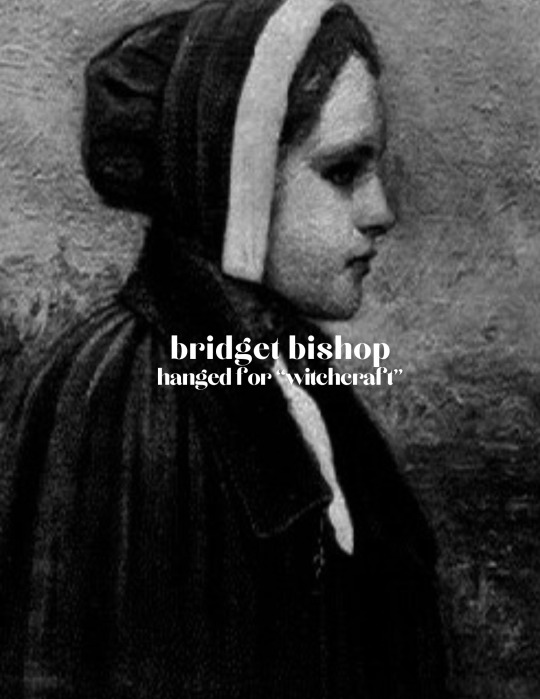


history + women who were executed
#some of them 10000% did not deserve exeution#history#jeanne d'arc#veronica ii of matamba#brunhilda of austrasia#katherine howard#queen jane grey#mary queen of scots#queen anne boleyn#maria of antioch#marie antoinette#bridget bishop#olympe de gouges#fannie efimovna
738 notes
·
View notes
Photo

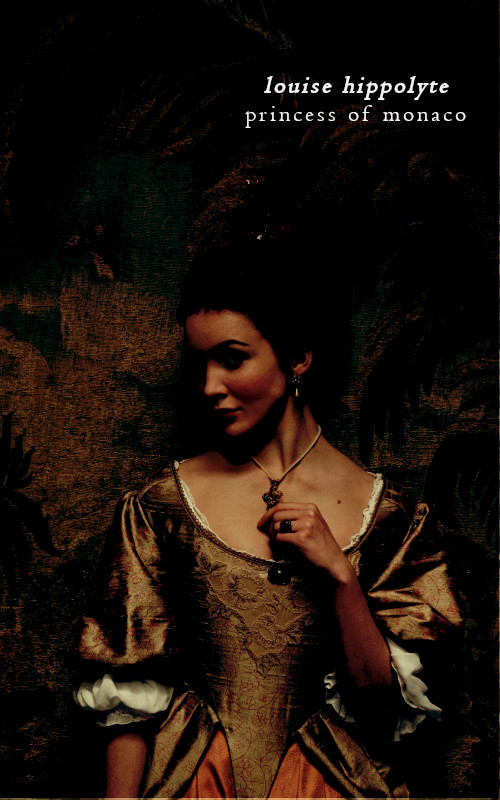
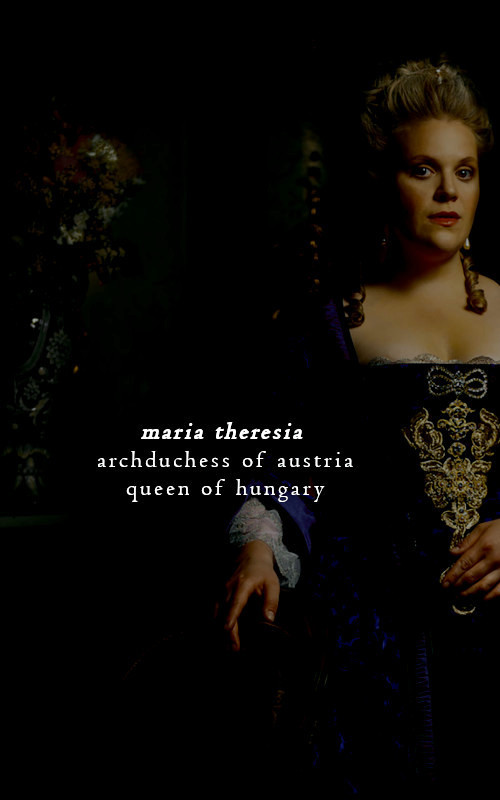

Favorite list of royal women | Regnant queens (who crowed herself queen without her husbands)
Been a queen regnant is not always easy specially when you are married but mor common than one would think. Here four of my favorite queen that were married and despite what society, and often the husband himself, thought decided that her lands by heritage or conquest were only hers to rule.
i. [1081-1116] Called The Reckless, Urraca was one of the most powerful reigning Queens of her time having inherithed the kingdom of León. Upon the death of her first husband she was convinced to marry Alfonso of Aragon the most successful warrior king of the Iberian Peninsula. It went horribly wrong. Personalities clashed and Alfonso emprisoned Urraca at one point. With Galicia rebelling and the Almoravides menace the spouses still went to war againts each other. Finally they separate and while Urraca still has a long way ahead and could keep most of her lands for herself.
ii. [1697-1731] Louise Hyppolite was at her time of birth the last Grimaldi. Monaco was under French control and it was decided that man from the French King family will be Louise’s husband and rule along with her. She was married and had to leave her land with her husband. Described as shy and submissive she did not enjoy her time at Versailles. When her father was ill she came back alone to Monaco and when he died she crowned herself Princess of Monaco with the people enthusiastic support naming her firstborn heir. There is no much her husband could do and though she ruled fr a short time she did it as the sole Princess.
iii. [1717-1780] Maria Theresia’s father Emperor Charles VI of the Roman Empire, did not prepared her to rule as he was convinced that her husband would rule for her. However, she had other plans and when her father died Maria Theresa, a 23 years old set to stablish her right as a moanrch against Prussia and most of Europe. She manage to gain ruling experience and be a monarch for 40 years. Though she deeply loved her husband she did not let him rule in her name and even refused to kneel in front of him when he was elected Holy Roman Emperor as she was of highest ruler. She was Sovereign of Hungary and Bohemia and Archduchess of Austria on her own right her husband being the consort.
iv. [1583-1663] Njinga was Queen of Ndongo after her father and brother. At the time with the Portuguese slave trade Njinga became a symbol of resistance to the Europeans. In order to gain power in the center of the region she married an Imbangala leader and learned the techniques and strategies of his people. However when she set to conquer the kingdom of Matamba and ruled there as the Queen as Matamba had tradition of female rulers. As she gained influence she was recognized as one of the great queens of the region at the time.
#historical women#women in history#maria theresia#njinga of ndongo and matamba#urraca of leon#louise hyppolite of monaco#maria theresa of austria#history
154 notes
·
View notes
Text

“I'm so grateful that I get to discover amazing Queens past and present. I watched the series African Queens on Netflix and I got to know Queen Njinga of Ndongo. She was a deft diplomat, skillful negotiator and formidable tactician. They even got to interview Queen Diambi of the Bakwa Luntu tribe for the series. She is an environmental activist and the founder of the Elikia Hope Foundation. I'm excited for season 2 of African Queens” - Submitted by Anonymous
27 notes
·
View notes
Text

Title: Nzingha: Warrior Queen of Matamba | Author: Patricia C. McKissack | Publisher: Scholastic (2000)
1 note
·
View note
Text
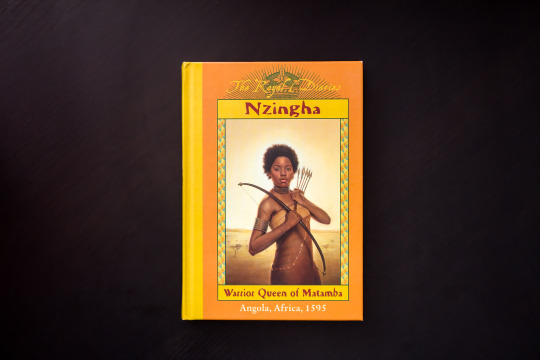
Nzingha: Warrior Queen of Matamba, Angola, Africa, 1595 by Patricia McKissack (2000)
1 note
·
View note
Text
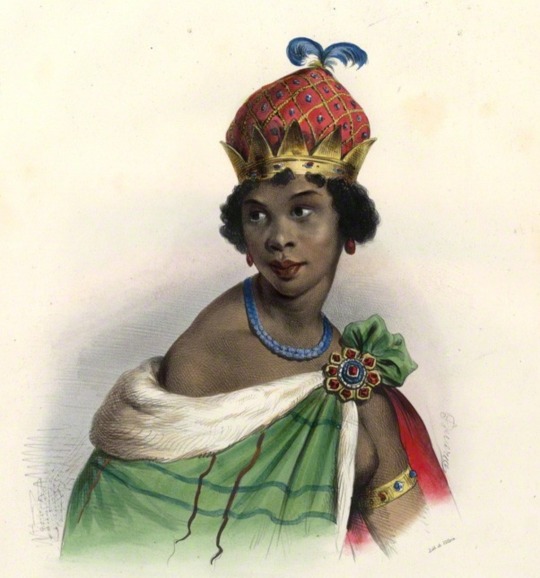
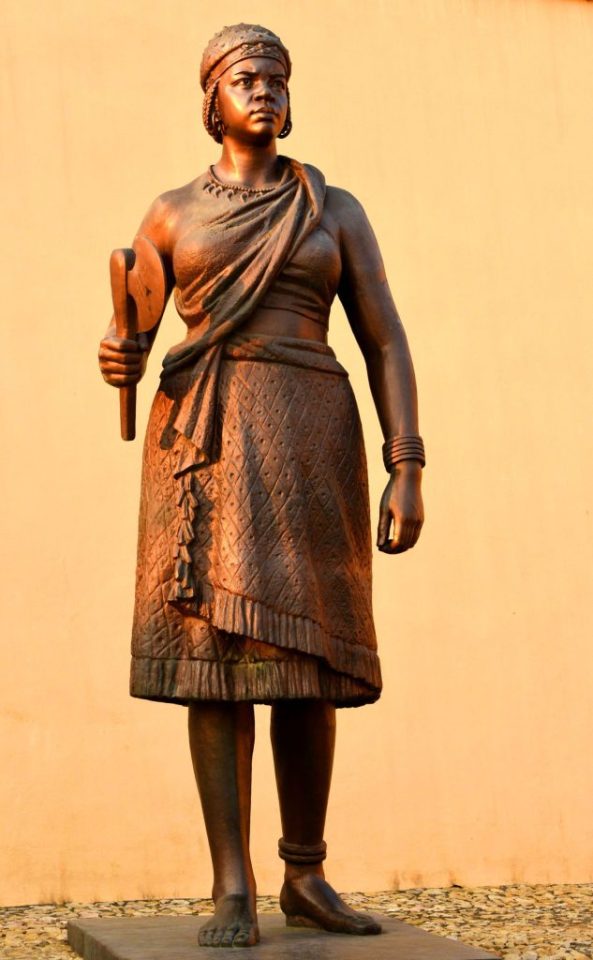
Queen Nzinga (c. 1583–1663) was a powerful and influential ruler of the Kingdom of Ndongo and Matamba, located in present-day Angola. Born in the late 16th century, Nzinga is best known for her determined resistance to Portuguese colonial expansion and the transatlantic slave trade. She ruled as queen of Ndongo and later as regent of Matamba, two powerful African kingdoms that resisted Portuguese attempts to control the region.
Nzinga's rise to power began when she was appointed as an ambassador to the Portuguese in 1622. During a diplomatic meeting, she famously refused to sit on the floor while negotiating with the Portuguese governor, symbolizing her strength and defiance against colonial power. Her intelligence, strategic brilliance, and fierce independence soon made her a formidable adversary to the Portuguese.
Nzinga led military campaigns against the Portuguese, forming alliances with other African kingdoms and European powers such as the Dutch, in a fight to maintain her kingdoms' sovereignty. Her leadership and resilience made her a national heroine in Angola, and she was particularly known for her guerrilla warfare tactics and political cunning.
Despite her struggles, Nzinga's kingdoms were eventually overrun by Portuguese forces. She died in 1663, at around 80 years old, after having spent much of her life defending her people's freedom and sovereignty. Nzinga's death marked the end of her direct resistance to Portuguese colonialism, but her legacy endured. She is remembered as a symbol of African resistance, leadership, and the strength of women in the face of imperialism.
Her death was followed by the continued colonization of Angola by the Portuguese, but her story remains a cornerstone of Angolan national pride. Queen Nzinga's name is still celebrated today as a figure of resilience, power, and determination in the face of colonial oppression. 🇦🇴
#black people#black history#black#blacktumblr#black tumblr#pan africanism#black conscious#africa#black power#black empowering#Queen Nzinga#african queen#african culture#african history#angola
100 notes
·
View notes
Text




Free Coloring Pages inspired by the warrior Queen Nzinga of Matamba & Ngola which is present day Angola 🇦🇴.
A PDF copy of these coloring sheets are available on my Gumroad page!
If you color any of my pages, please tag me. I would to see your creativity!
#freebies#free printable#black coloring pages#juneteenth coloring#juneteenth#black coloring books#black women#african#african history#angola#african america history#black history art#black tumblr#blacklivesmatter#black positivity#african queen#historical fashion#historical art#june 2024#juneteenth2024#gumroad#free coloring pages
97 notes
·
View notes
Photo

Portuguese Angola
Portuguese Angola in southwest Africa was the first European colony on that continent. While settlement from 1571 proved problematic in the interior, the Portuguese did obtain a large number of slaves which they shipped to their Atlantic island colonies and to Portuguese Brazil right up to the end of the Atlantic slave trade in the 19th century.
With the capital at Luanda on the coast, the Portuguese struggled against the kingdoms of Kongo, Ndongo, and Matamba to gain control of the interior. The Angolan Wars saw shifting tribal allegiances thwart the relatively small number of Afro-Portuguese, but help from Brazil, eager to maintain the flow of slaves, proved crucial. The decolonization process in the mid-20th century was one of the most bloody and shambolic in Africa, and civil war continued long after independence was gained in 1975.
The Portuguese in West Africa
The Portuguese arrived in West Africa, and from the late 15th century they began to explore further south. Following the Portuguese colonization of São Tomé and Principe in 1486, the Europeans were looking for slaves to work on their sugar plantations. The Portuguese settlers on São Tomé and Principe had already been in trade contact with the mainland, searching for gold, pepper, and ivory. The main trading partner was the Kingdom of Kongo (c. 1400 - c. 1700), which controlled a booming regional slave trade. Through the 16th century, slaves from Kongo (and also the Kingdom of Benin) were transported to the Portuguese islands and to their colonies in the North Atlantic like Madeira.
The Portuguese had bought African slaves with cotton cloth, silk, mirrors, knives, and glass beads, but they got the idea to launch their own slave-capturing expeditions in Africa’s interior and cut out the Kongolese middlemen. The Kongo kings were not pleased with this development, and they were increasingly alarmed at the effects of European culture and the Christian religion on their subjects. As relations soured, the Portuguese began to look for another trade partner further down the coast of Africa.
Exploring further south in the mid-16th century, the Europeans came into contact with a new kingdom, or rather a loose confederation of Kimbundu tribes, then known as Ndongo, probably formed c. 1500. Its ruler was called the Ngolo, which derives from the local word for iron - ngola - and from which the name Angola derives. The Portuguese attempted to create a new slave industry partnership with Ndongo and even involved the kingdom in a war with their northern neighbours, the Kingdom of Kongo. Ndongo had already defeated Kongo in a battle in 1556 and so seemed a good candidate to satisfy Portugal's ambitions in the region.
Continue reading...
24 notes
·
View notes
Text
OK I'm going to stop being a hater soon, I promise, but I am desperately disappointed that there are so many stories that you can tell with a black Doctor and not with a white one, and with the sole exception of The Story and the Engine, Gatwa's era just... didn't tell any of them.
The inadvertent message of a lot of Doctor Who is that if you're a sufficiently confident posh white man there's nowhere you can't go. And the Fifteenth Doctor's era could have refuted that. We could have had a couple of series that said, actually, the posh white man is not the universal idea of a hero.
Like, they could have had the Doctor visit Great Zimbabwe. He could have joined the March on Washington. He could have met Queen Njinga of Ndongo and Matamba. And outside of historicals, there could have been so many opportunities to imagine black futures as well.
I liked Dot and Bubble and I didn't mind Lux, and they both had a good point to make. But I'm still sad that overall the stories of the first black Doctor (depending on how we count Jo Martin) showed more of him experiencing racism than possibility.
10 notes
·
View notes
Text
Black History Month Fact 7
Queen Nzinga of Ndongo and Matamba is renowned for her resistance against Portuguese colonization in present-day Angola.
She led her people through warfare and diplomacy, using clever negotiation tactics to secure her kingdom's independence. Nzinga is celebrated for her leadership and for maintaining power for nearly 40 years.

#black history month#black history#black woman appreciation#little known fact#random fact#did you know#random facts#random factoid#random factoids#angola#country facts#women's history
8 notes
·
View notes
Note
FIFTEEN? royal diaries? never knew there was so much. My best friend sure must get on with it to tell me all about all the one i don't know about lmao
There are twenty of them! Here's the full list:
Elizabeth I: Red Rose of the House of Tudor, England, 1544 by Kathryn Lasky (1999)
Cleopatra VII: Daughter of the Nile, Egypt, 57 B.C. by Kristiana Gregory (1999)
Isabel: Jewel of Castilla, Spain, 1466 by Carolyn Meyer (2000)
Marie Antoinette: Princess of Versailles, Austria-France 1769 by Kathryn Lasky (2000)
Anastasia: The Last Grand Duchess, Russia, 1914 by Carolyn Meyer (2000)
Nzingha: Warrior Queen of Matamba, Angola, Africa, 1595 by Patricia McKissack (2000)
Kaiulani: The People's Princess, Hawaii, 1889 by Ellen Emerson White (2001)
Lady of Ch'iao Kuo: Warrior of the South, Southern China, 531 A.D. by Laurence Yep (2001)
Victoria: May Blossom of Britannia, England, 1829 by Anna Kirwan (2001)
Mary, Queen of Scots: Queen Without a Country, France, 1553 by Kathryn Lasky (2002)
Sŏndŏk: Princess of the Moon and Stars, Korea, 595 A.D. by Sheri Holman (2002)
Jahanara: Princess of Princesses, India, 1627 by Kathryn Lasky (2002)
Eleanor: Crown Jewel of Aquitaine, France, 1136 by Kristiana Gregory (2002)
Elisabeth: The Princess Bride, Austria-Hungary, 1853 by Barry Denenberg (2003)
Kristina: The Girl King, Sweden, 1638 by Carolyn Meyer (2003)
Weetamoo: Heart of the Pocassets, Massachusetts-Rhode Island, 1653 by Patricia Clark Smith (2003)
Lady of Palenque: Flower of Bacal, Mesoamerica, A.D. 749 by Anna Kirwan (2004)
Kazunomiya: Prisoner of Heaven, Japan, 1858 by Kathryn Lasky (2004)
Anacaona: Golden Flower, Haiti, 1490 by Edwidge Danticat (2005)
Catherine: The Great Journey, Russia, 1743 by Kristiana Gregory (2005)
I read every single one of them.
9 notes
·
View notes
Text

Nzingha, also known as Ana de Sousa Nzingha Mbande, was a 17th century Queen of the Ndongo and Matamba Kingdoms of the Mbundu people in southwestern Africa.
5 notes
·
View notes
Text
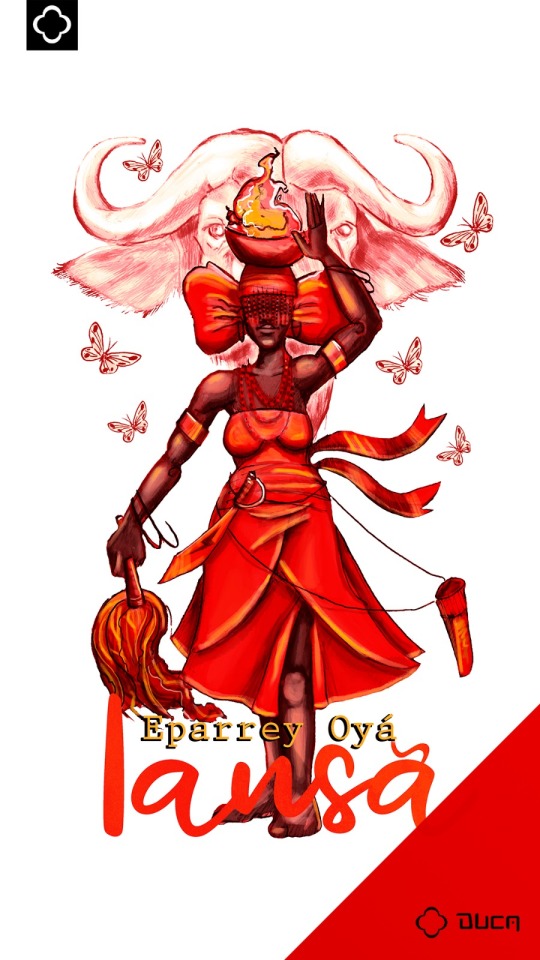
Sopra o vento, Mãe
Vendaval de Axé
O tempo que tange o movimento, Oyá
Iansã, epa hey!
Matamba de Luz
Matamba Balè
Matamba clareia
Matamba Topê
.
#sejaduca #iansã #acarajé
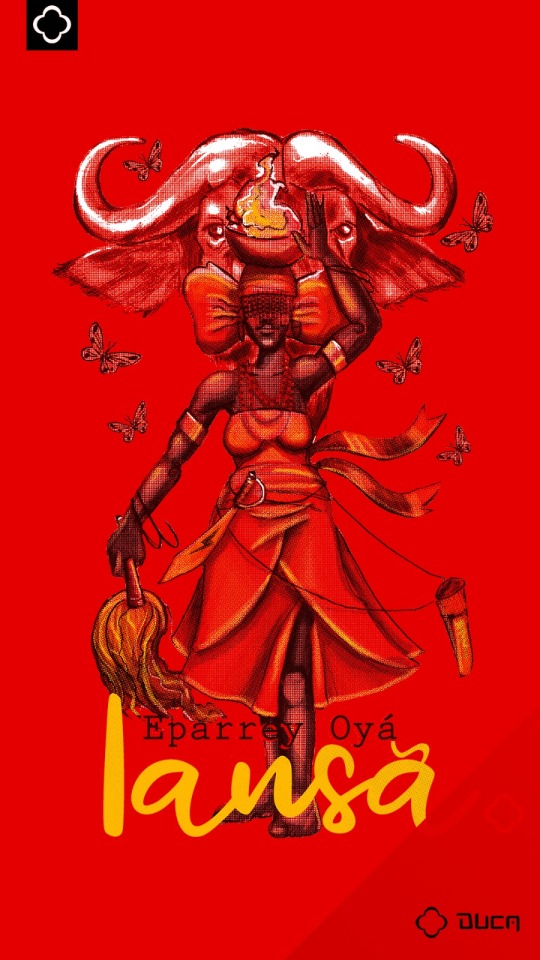
3 notes
·
View notes